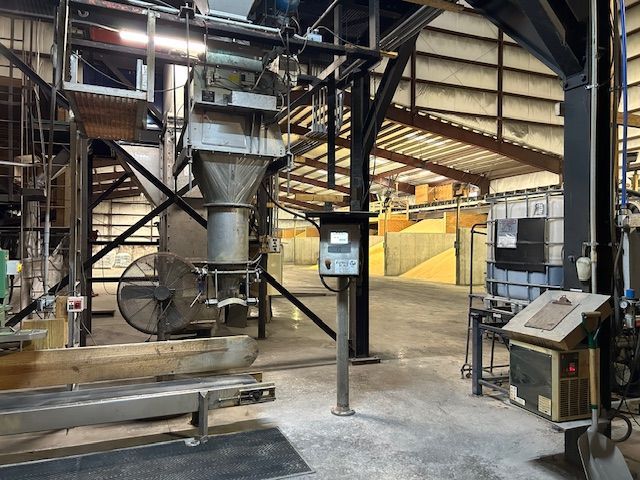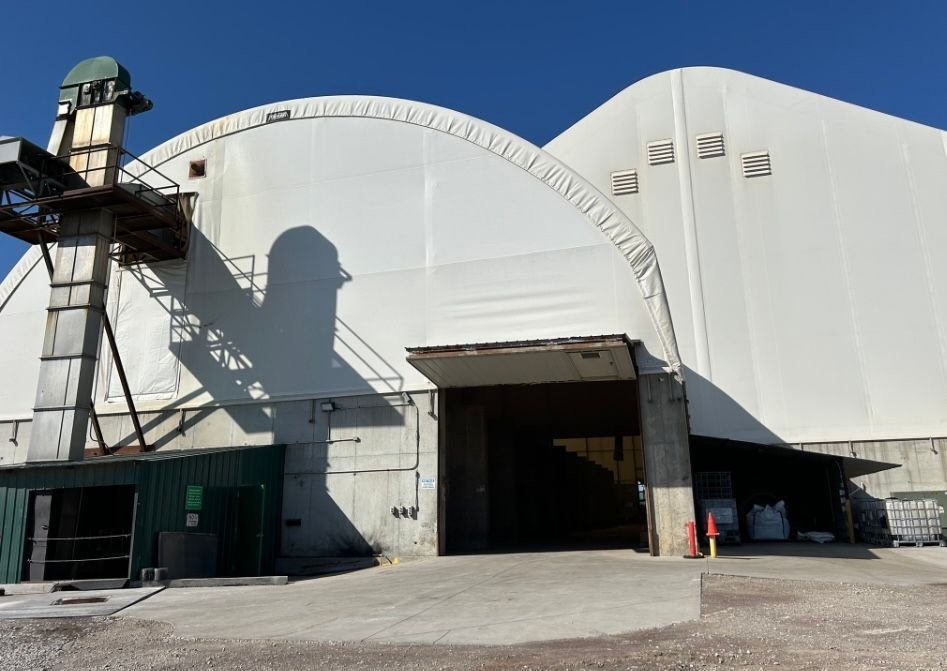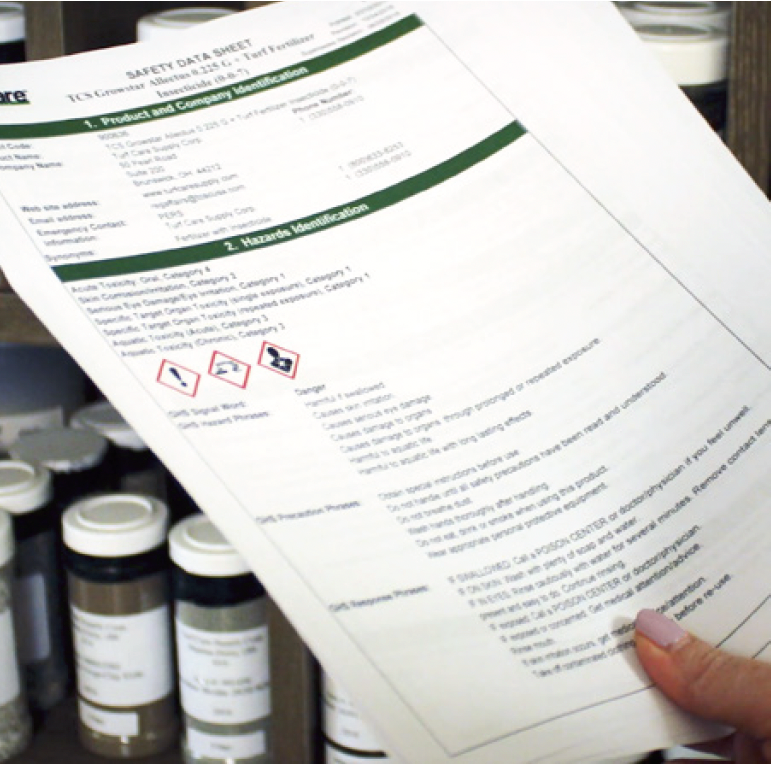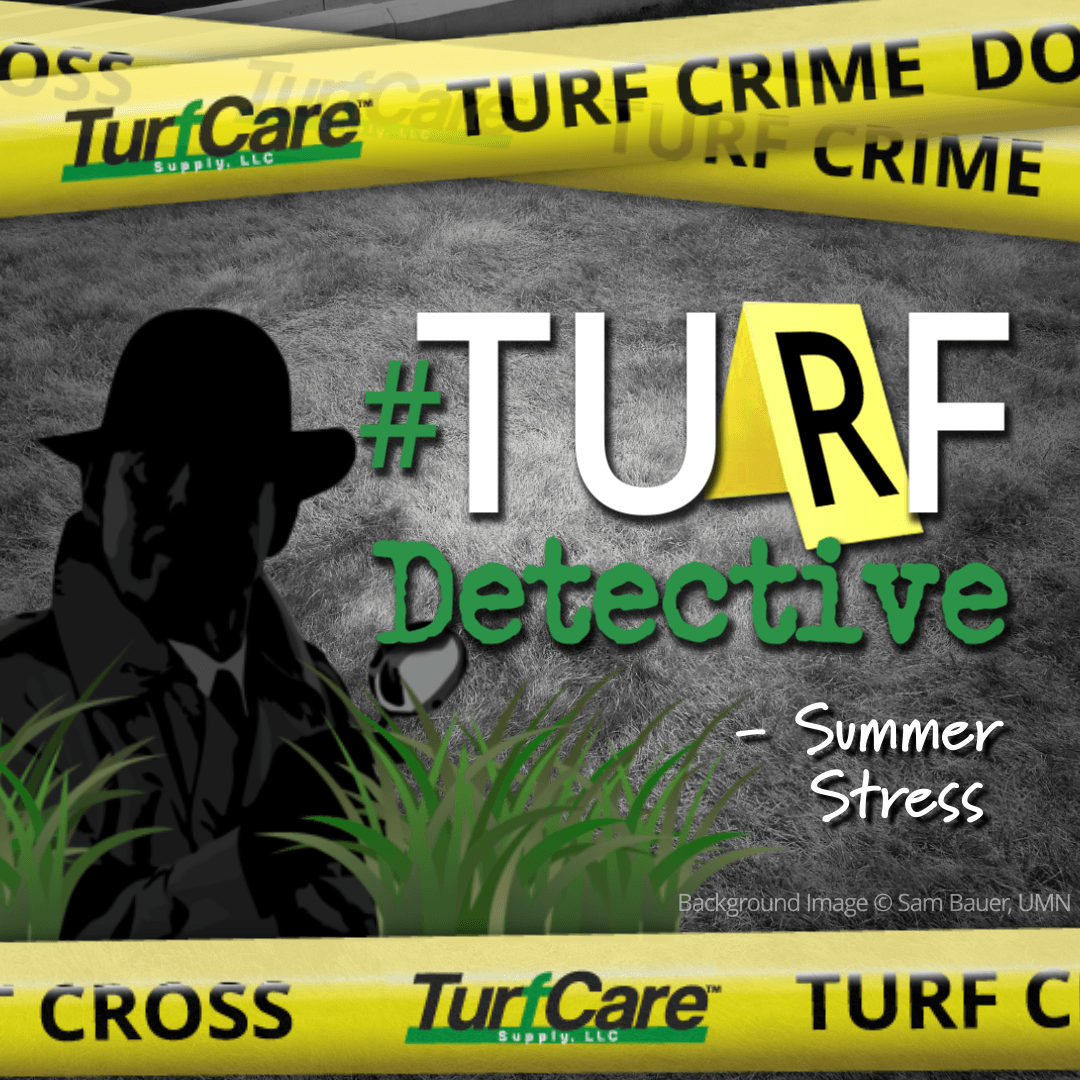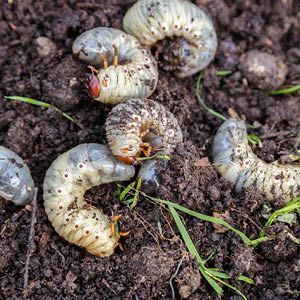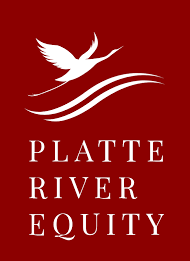Nitrogen's Role In Lawn Health
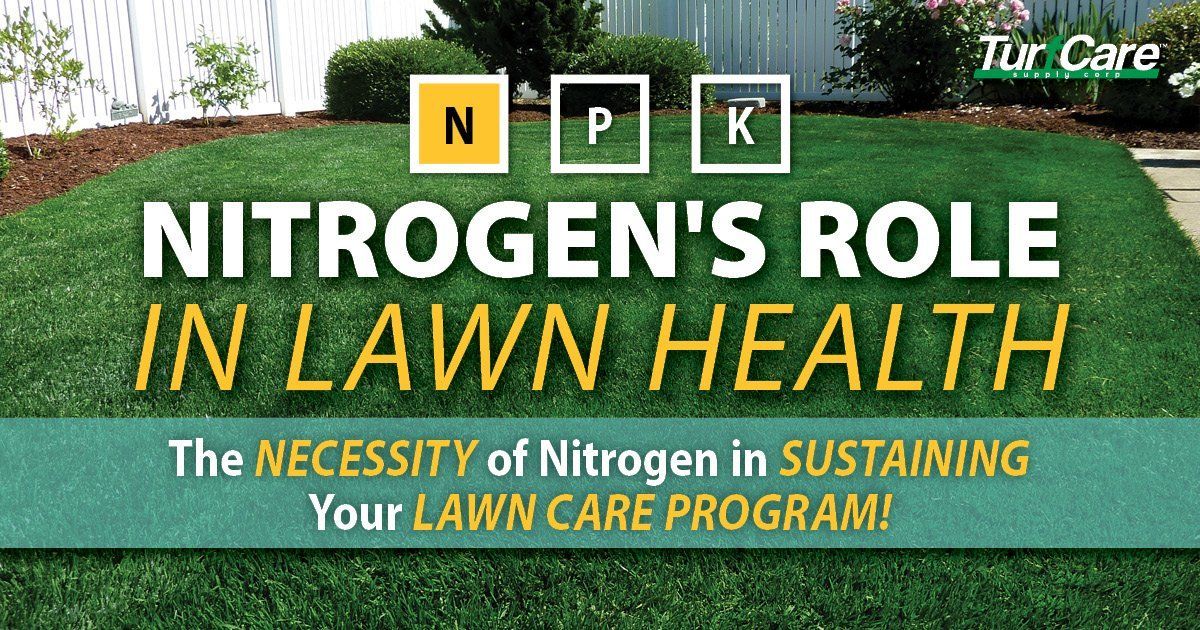
THE NECESSITY OF NITROGEN IN SUSTAINING YOUR LAWN CARE PROGRAM! All plants require a certain balance of elements for proper growth and appearance. Among these balanced elements are the primary macronutrients, Nitrogen (N), Phosphorus (P) and Potassium (K) , which are needed in the greatest quantities. Fertilizers generally contain a variety of these elements to maintain a healthy lawn, so that it can successfully ward off weeds, insects and disease. In this article we will explore the primary macronutrient, nitrogen (N). Nitrogen is one of only two elements needed in lawns that directly shows a discernible impact in grass ( iron is the other). Discover why nitrogen is such an important component of a lawn care maintenance program:
WHAT IS NITROGEN?
Nitrogen or “N” is a primary plant nutrient that is a major component of various biological molecules, including amino acids, chlorophyll, co-enzymes, nucleic acids, and proteins. N is absorbed from the soil through the plant's root system. N is crucial for plant growth, but if applied incorrectly, it can be problematic (burning of lawn and/or leaching out of the root zone). When applying nitrogen, the goal is to supply plants with the proper amount and in a timely manner.
NITROGEN BENEFITS LAWNS BY:
- Stimulating shoot growth that aids in spring green-up; when applied in spring, nitrogen can help turf recover from environmental stresses and injury caused during the cooler season. Shoot growth is stimulated by nitrogen which in turn stimulates root growth. A modest application of N in the spring, and then timely spreading throughout the growing season will help fortify turf to better withstand the stress of summer.
- Aiding in the creation of chlorophyll; chlorophyll is responsible for producing the green pigment in grass and is the compound by which plants use sunlight to produce sugars from carbon dioxide and water. N is known to give plants a deep green color following an application.
- Sustaining plant health by manufacturing amino acids; amino acids make up the building blocks of proteins. Proteins allow turf to sustain life in two ways: 1) they act as structural units in the plant cell 2) they are the building blocks of enzymes which make biochemical reactions possible.
- Assisting in the production of genetic material; nitrogen is a significant component of nucleic acids (DNA), the genetic material that allows plants to grow and reproduce.
HOW TO TELL IF A LAWN HAS A NITROGEN DEFICIENCY
Nitrogen deficiencies can present themselves in a variety of ways. Here are seven signs to help you identify if your turf is nitrogen deficient:
- Turf grass appears pale green because photosynthesis capacity has decreased, therefore interrupting food production.
- Plant growth rate begins too slow.
- Decreased tolerance from foot traffic as well as normal wear and tear, resulting in slower turf grass recovery.
- Thinning and weakening of turf that exposes grass to an increased risk of weed invasion.
- Decreased tolerance to environmental stresses like high temperatures, drought, and cool temperatures.
- Increased susceptibility to lawn diseases such as dollar spot, red thread, crown rust and more.
- Lawn density will decrease, causing runoff water to collect and then slowly disappear.
- NOTE: An overabundance of nitrogen will stimulate rapid shoot growth and diminished root growth, resulting in more frequent mowing in addition to depleting carbohydrate reserves, causing turf to be less stress tolerant. Excessive levels of N can result in thinner leaf tissue that loses moisture, creating the need for more water. Excessive N also increases the likelihood of tissue damage from an insect invasion or a microbial pathogen. Last, too much N can also lead to excessive thatch.
BEST TIMES TO APPLY NITROGEN
Timing is key when applying N to turf grass. N should be applied to avoid periods of significant plant loss and to provide proper N when turf needs it most. Good times for nitrogen applications include, early spring, late spring, early summer (before the stresses of high heat and drought hit) and early fall.
It is important to conduct a soil test to determine the proper amount of nitrogen a lawn needs. A soil test will report a suggested nitrogen application program based on the results.
Overall, the best method to make nitrogen available for plant uptake is by applying it regularly throughout the season with an effective lawn care routine. This includes proper fertilization , proper soil amendments management, proper mowing and watering , as well as proper aeration and thatch management.
For professional fertilizers, humic and AMP-XC™ enriched products available, please visit TurfCare’s online Product Catalog.
For green industry professionals or others interested in ordering Turfcare products, please contact our Customer Service to find a distributor near you.
The TURFReport Highlights:
Additional Articles and Insights
